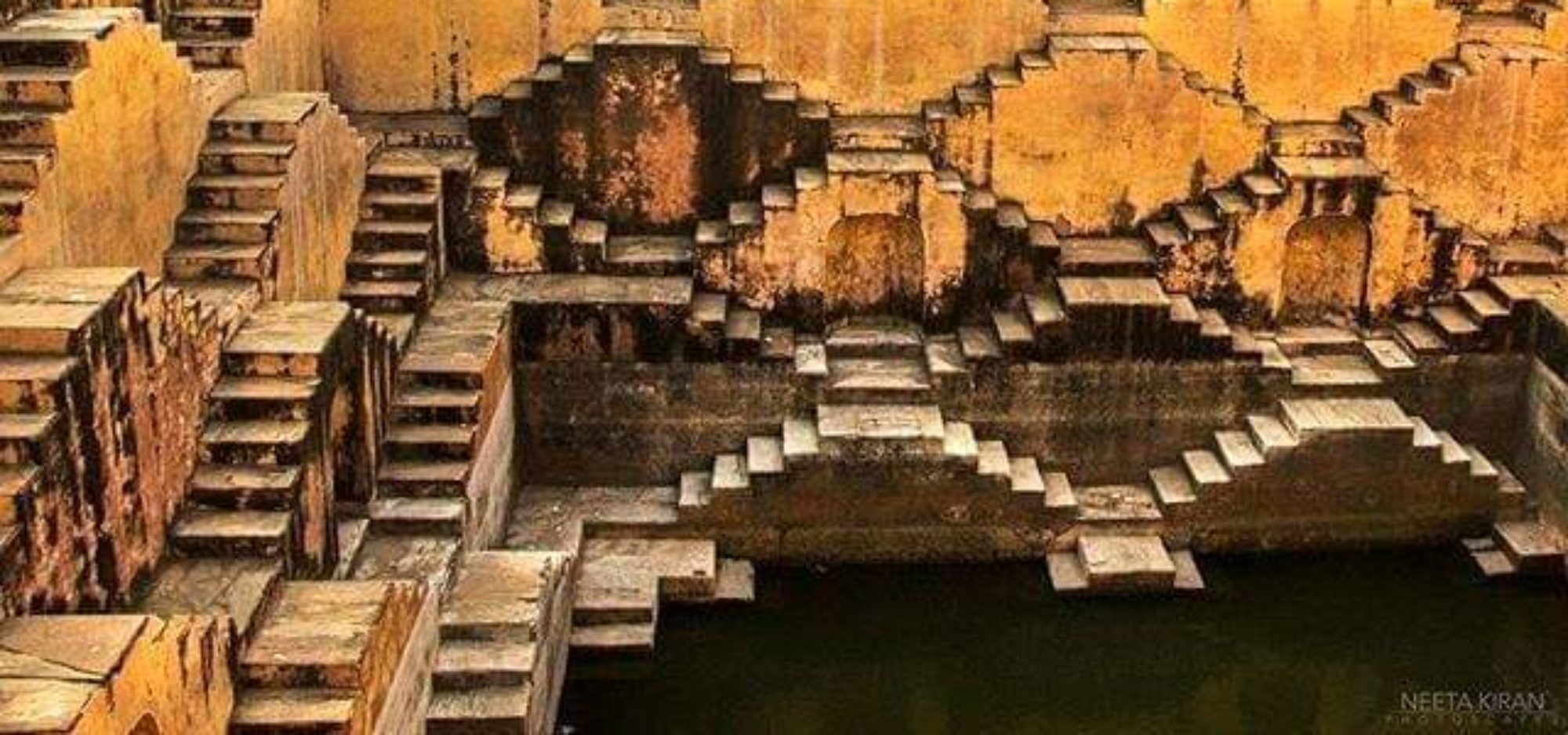31. Parampara (परम्परा): The word Parampara is usually translated as tradition. Tradition has its roots in the French word Tradere which is to transmit or to hand over or to give for safekeeping; further it is also associated with being passed on from one generation to the next in a family or society. Parampara has two words in it Param almost indicating eternal and Para meaning from beyond the physical. It is similar to tradition in one way that it is passed on from one generation to the other but it is not only some trade/family/societal practice or process, but it also includes the intuitive knowledge (Para) and how the intuitive knowledge can be achieved. Parampara also includes some social practices like wearing a certain kind of garment or headgear too. For example wearing a Saree or Dhotee or a Patka or Turban is Parampara.
32. Samskrithi (संस्कृति): This word is easily translated as culture. Culture is the customs, ideas or beliefs of a particular society or country which includes art, literature, music, dance etc. Samskrithi is rooted in the word Samskara (संस्कार) which takes a color or shape or form after constant, repetitive intervention either external or internal. Samskara also means adding value to anybody or anything by refining the behavior. Samskrithi is also regional in the way it is expressed. An example for Parampara and Sanskrithi is; wearing Saree or Dhotee is our Parampara, but how it is worn is Sanskrithi. Maharashtrian and Bengalis both wear Saree and Dhotee, but the way they wear them is entirely different. The difference is because of the difference in Samskrithi. That’s one of the reasons why there are so many styles of tying the Saree and the Dhotee in Bharat.
33. Samskara (संस्कार): This word does not have an equivalent word in English, but it is sometimes translated as Sacrament/s but sacraments are religious in nature as they are things of mysterious and sacred significance to a particular religious symbol or belief, whereas Samskara is not just religious. Samskara has a multi-dimensional purpose in that it includes Artha, Samskrithi, Aushadhi, Aadhyatma and Dharma too; it also includes various strata of the society like Karigar, Purohit, Kutumb, Bandhu – Mitra, Samaja and many more.
34. Samaja (समाज): This is usually translated as society, but society is a name given to the people in a country or area, thought of as a group who have shared customs and laws and also an organization of people who share a particular interest or purpose like a club. Also in a society, people are coming together for some social obligation. Whereas Samaja roots itself in “Samatha” (loosely Parity). It should be noted here that in original Bharathiya Samaja everybody had a specific important role to play and everybody enjoyed a special status.
35. Sabhyata (सभ्यता): ‘Sabhyata’is usually translated as Civilisation, but Sabhyata is a confluence of ‘Sabhya’ people (people who know how to present themselves in the society not by force or law but by nature) living together and helping each other in the practice of Dharma or in evolving into a society practicing human values in accordance with one’s innate nature. For achieving this they followed certain Knowledge, Traditions and Practices which bound them together. There were a lot of common practices they followed. This is the reason why the Mohenjodaro (Pakistan), Harrappa (Pakistan), Lothal(Gujarat), Alamgirpur (Uthar Pradesh), Banvali (Haryana) or Keeladi (Tamil Nadu) – all have many things in common. This should be actually called Bharathiya Sabhyata (Bharathiya Civilization) rather than Indus Valley Civilization.
36. Janapada (जनपद): This is usually translated as Folk but folk is a tradition of a community with a particular type of culture, whereas the definition of Janapada is that it is a geographical area which is part of this country Bharat and it is ruled over by a Raja. Maybe they may have a particular type of music or dance which may be unique to that area but that is just one of the attributes.
37. Mahajanapada (महाजनपद): This word doesn’t exist in the English language. Almost two Janapadas were joined to make one Mahajanpada. In Bharat we had 108 Janapadas and 56 Mahajanapadas and the ruler of the Mahajanapada was a Maharaja.






Leave a Reply